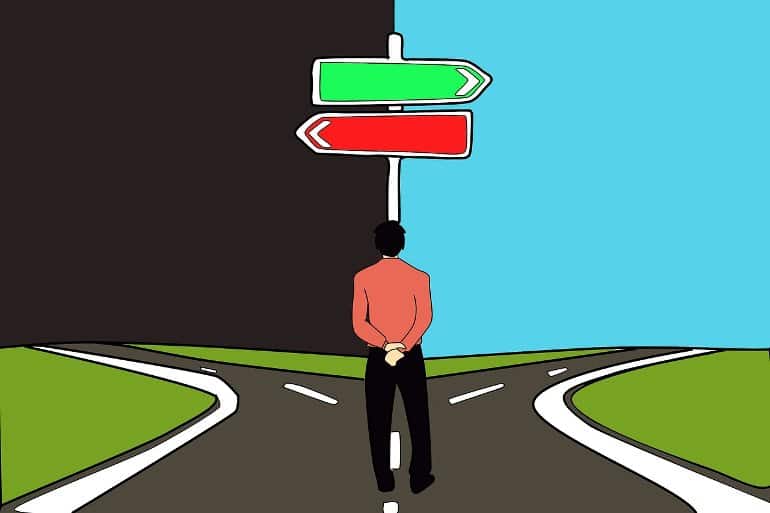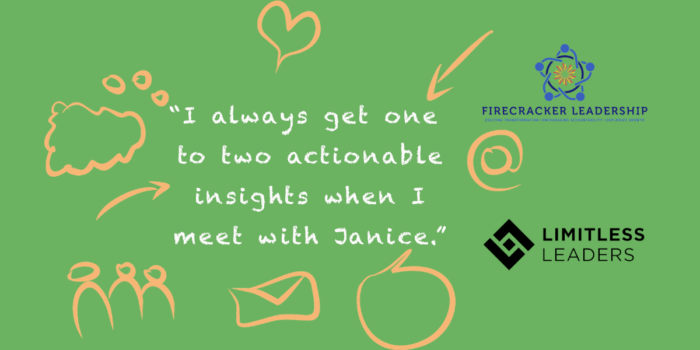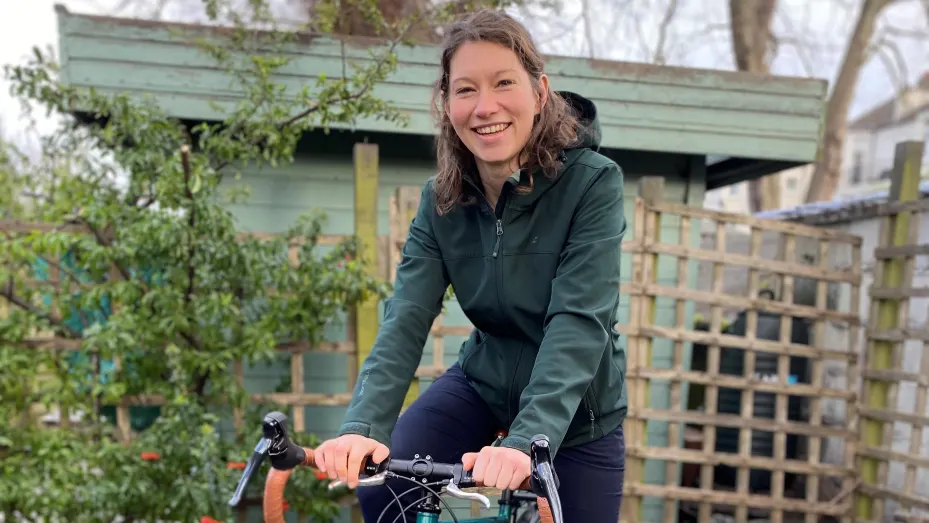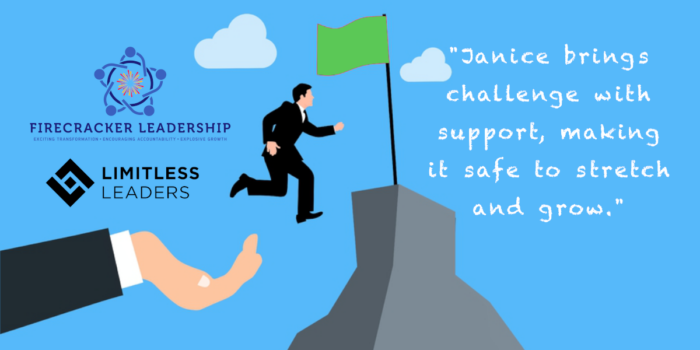I’ve learned if we listen for 10% we can agree with in all conversations, we have to be listening to hear their perspective.
High-quality listening is an underrated ability. How well and frequently you listen to others is a better predictor of your leadership potential than your actual intelligence or personality. As a recent review shows, good listeners tend to perform better at work, and to report higher level of wellbeing, as well as more meaningful and fulfilling relationships. We tend to trust them more, and they tend to be seen as curious, empathetic and emotionally intelligent.
To some degree, the power of listening can be explained by the fact that good listening is rare. We live in a world in which people are often rewarded for self-promoting, being the center of attention, and talking as much as they can, even when they have nothing to say. The fact that Susan Cain‘s rational defense of introversion is arguably counterintuitive to most people (especially in hyper-outgoing American culture) suggests that we are still not fully convinced about the virtues of listening, though most people are happy to recommend this activity to everyone else.
So, how can you become a better listener? The simplest formula or recipe I can think of is:
- Shut up
- Listen
- Repeat
However, this is easier said than done, and (if you are still listening) I suspect you may be looking for something meatier. Decades of scientific research suggest that if we want to become better listeners, we should consider working on these four key enablers of high quality listening:
FOCUS
A simple reason most people struggle with listening, even when they have the intention to doing so, is that they fail to provide their undivided attention. Distractions, stress, worries, and multitasking all interfere with high quality listening, as we all know from everyday experience. Contrary to popular belief, tasks that require active attention cannot be done simultaneously. Multitasking is a bit like intuition, sense of humor, or musical taste: just because we think we are good at it doesn’t mean we actually are. You may continue to multitask while you Zoom into crowded work meetings, but let’s not equate that to listening. If you truly intend to listen, you have to focus—period.
EMPATHY
The vast majority of people are capable of displaying basic empathy, the ability to see things from another person’s perspective—but we don’t always do. Stepping outside our ego cocoon, and making an effort to put ourselves in someone else’s shoes, will significantly improve our listening skills. This is obviously easier when we care about the person, but humans are capable of being open and considerate towards others even in the absence of feelings towards them. In fact, if we truly want to create a more diverse and inclusive world then we cannot just rely on our empathy (whether we feel something for the other person) but must also exercise rational kindness and compassion.
SELF-CONTROL
Impulsive interruptions are a big threat to listening. Unless you can control your emotions, whether positive or negative, you will jump in too soon, without letting people make their point. This is why mindfulness is a consistent predictor of better listening. Waiting for the other person to finish, and even counting two or three seconds after they’ve gone quiet, is a simple exercise to keep your feelings and thoughts under control. Even if you feel you are right, or you don’t like what you are hearing, you will be much more likely to win the argument if you wait until the other person finishes unless you don’t want them to listen to you. And if you really don’t care about what the other person is saying, then don’t waste your energies interrupting them.
INCLUSION
Even if you managed to accomplish the first three things, it is still important that you convey to the other person that you’ve been listening. In other words, what you want is to harness a reputation for being a good listener. So, when your turn eventually arrives, and it is you who needs to speak, make sure you incorporate the other person’s perspective, reference what they said, and react to their narrative and arguments. Many people learn to wait for their turn, only to deliver a speech they had planned before, perhaps while successfully pretending to listen to the other person. In short, include the other person in your story, so you can make it easier for them to empathize… and listen to you.
Finally, it is worth remembering that listening is no different from any other skill. Some people have more potential than others, but in the end, we all need to practice in order to get better. Getting feedback from others—people who observe us during calls, meetings, discussions—is essential for improving, especially if they are able to call us out when we don’t listen, and if being told that we are a bad listener makes us feel guilty enough to want to change it. If it does, it is at least a sign that we were listening.








